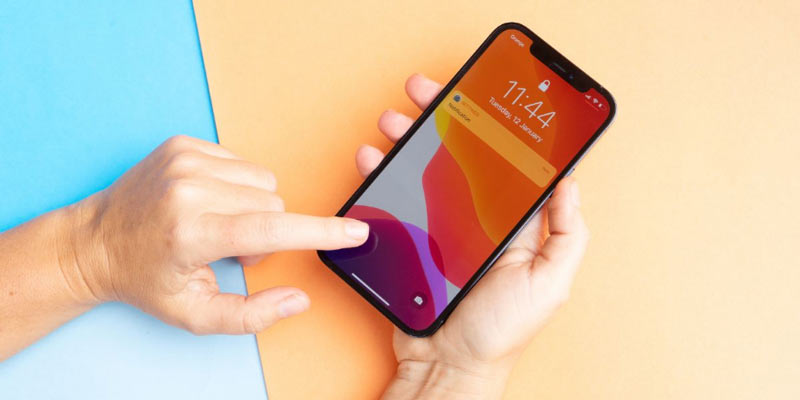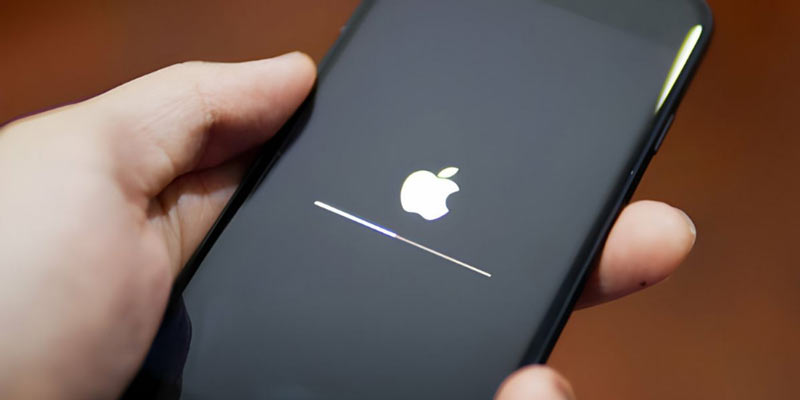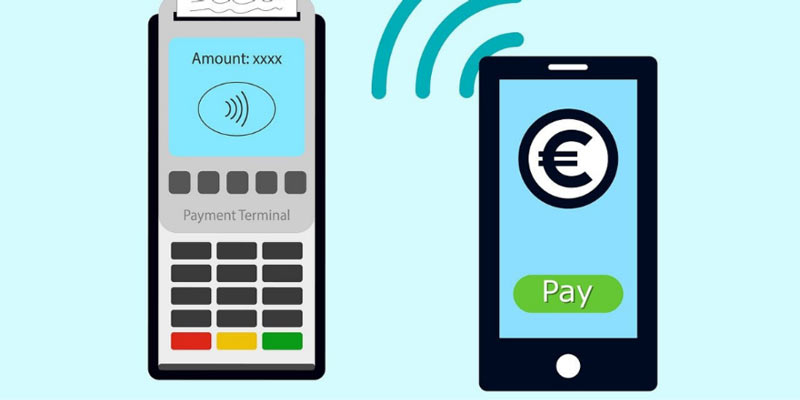Sideloading, a term often associated with Android devices, is soon set to make its debut on iPhones, marking a significant shift in Apple’s tightly controlled app ecosystem. Sideloading refers to the practice of installing apps onto a device without using the official app store. With the impending release of iOS 17.4, users in the European Union will gain the ability to download and install apps from third-party sources, a departure from Apple’s long-standing policy of exclusively allowing app distribution through the App Store.
This move is driven by regulatory pressure, particularly from initiatives like the EU’s Digital Markets Act, aimed at curbing anti-competitive practices by big tech companies. While sideloading promises increased app choice and user freedom, it also raises concerns about security and potential disruptions to the user experience. In this article, we delve into what sideloading entails, the reasons behind Apple’s decision to enable it on iPhones, and the potential impacts it may have on users, developers, and the broader app ecosystem.

What is Sideloading?
Before we go in-depth into the topic, it is important to understand What is Sideloading? Sideloading refers to the process of installing applications onto a device from sources other than the official app store provided by the device manufacturer or operating system developer. Traditionally, on iOS devices like iPhones, users are limited to downloading and installing apps exclusively from the Apple App Store. However, with iOS sideloading, users gain the ability to obtain and install apps from alternative sources, such as third-party app stores or directly from websites.
This practice is not new to the mobile ecosystem, as it has long been a feature of the Android operating system, allowing users to bypass the Google Play Store by sideloading apps from various sources. Sideloading can be accomplished through various methods, including downloading app files (known as APKs on Android) directly from websites or using alternative app store platforms.
Sideloading provides users with greater flexibility and choice in app selection, as it enables access to sideloading apps that may not be available on official app stores due to various reasons, such as geographical restrictions or app store policies. However, it also introduces potential security risks, as apps obtained from unofficial sources may not undergo the same level of scrutiny and review as those distributed through official channels.
Reasons for Enabling Sideloading on iPhone
The decision to enable Apple sideloading represents a pivotal shift in Apple’s approach to app distribution, driven by a confluence of factors, including regulatory pressure, the desire to promote competition, and a recognition of users’ rights to choose how they access and install apps on their devices.
Regulatory Pressure
With the introduction of regulatory frameworks like the EU’s Digital Markets Act, Apple has come under scrutiny for its control over the iOS app ecosystem. This legislation aims to promote competition and prevent anti-competitive practices by big tech companies. By categorizing Apple as a “gatekeeper” and its App Store as a “core platform service,” the EU has compelled Apple to reconsider its policies regarding app distribution.
Promoting Competition
Enabling sideloading on iPhones fosters a more competitive app ecosystem by allowing third-party developers to offer their apps directly to users, bypassing the App Store’s strict guidelines and review process. This opens up opportunities for smaller developers who may have innovative or niche apps that struggle to gain visibility within Apple’s curated marketplace. Increased competition can lead to better quality apps, improved innovation, and ,ultimately, a more diverse and vibrant app ecosystem for iPhone users.
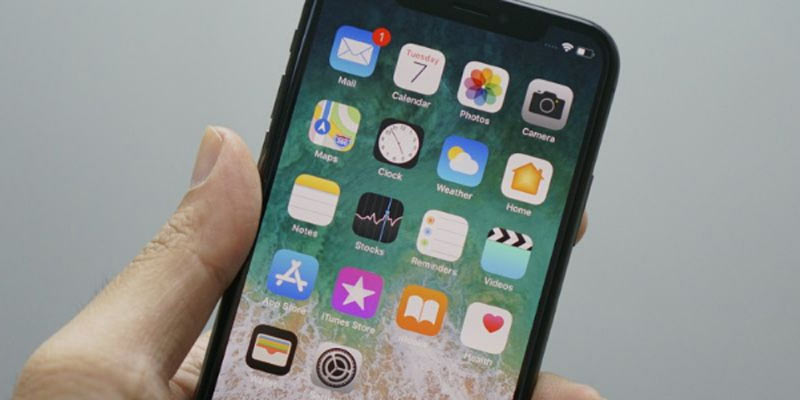
User Freedom
Sideloading iOS empowers users by giving them the freedom to choose where they obtain their apps. While the App Store offers convenience and security, some users may prefer alternative sources for various reasons, such as access to apps not available on the App Store or a desire to support independent developers. Allowing sideloading provides users with greater flexibility and control over their devices, aligning with principles of consumer choice and autonomy.
In summary, the decision to enable iOS 17 sideloading on iPhones is driven by a combination of regulatory pressure, the desire to foster competition, and the recognition of users’ rights to choose how they access and install apps on their devices. This shift represents a significant departure from Apple’s previous approach and signals a willingness to adapt to evolving regulatory landscapes and consumer preferences.
Impact of Sideloading on iPhone Users
The introduction of sideloading on iPhones brings about significant implications for users, reshaping their app experience and raising important considerations regarding security, privacy, and user choice. Understanding the impact of this shift is crucial for users navigating the evolving landscape of iOS app distribution.
Increased App Choice
One of the most significant impacts of enabling sideloading on iPhones is the increase in app choice for users. With the ability to download and install apps from third-party sources, users gain access to a wider range of applications beyond those available on the official App Store. This expanded selection may include apps that offer unique features, cater to specific niche interests, or are not approved for distribution on the App Store due to Apple’s guidelines.
Security Concerns
While sideloading offers users greater flexibility in app selection, it also introduces potential security risks. Apps obtained from third-party sources may not undergo the same rigorous review process as those distributed through the App Store, increasing the likelihood of encountering malware, viruses, or other security threats. Users must exercise caution when downloading apps from unofficial sources and ensure they are obtaining them from reputable sources to mitigate these risks.
User Experience
The introduction of sideloading may impact the overall user experience on iPhones. While some users may appreciate the increased flexibility and choice, others may find the process of sideloading apps more cumbersome or confusing compared to downloading from the familiar App Store interface. Additionally, the presence of apps obtained from third-party sources may introduce inconsistencies or compatibility issues with the iOS operating system, potentially leading to a less seamless user experience.
Privacy Considerations
Sideloading also raises privacy concerns for users, as apps obtained from third-party sources may not adhere to the same privacy standards as those distributed through the App Store. Users risk exposing sensitive personal data to unauthorized third parties if they download apps that do not prioritize user privacy or data security. Apple must continue to prioritize user privacy and security, even as it opens up its platform to sideloading, to ensure the protection of user data and maintain trust in the iOS ecosystem.
Overall, the impact of sideloading on iPhone users is multifaceted, offering both opportunities and challenges in terms of app selection, security, user experience, and privacy. As Apple navigates this new landscape, it must strike a balance between empowering users with choice and ensuring the safety and integrity of the iOS platform.
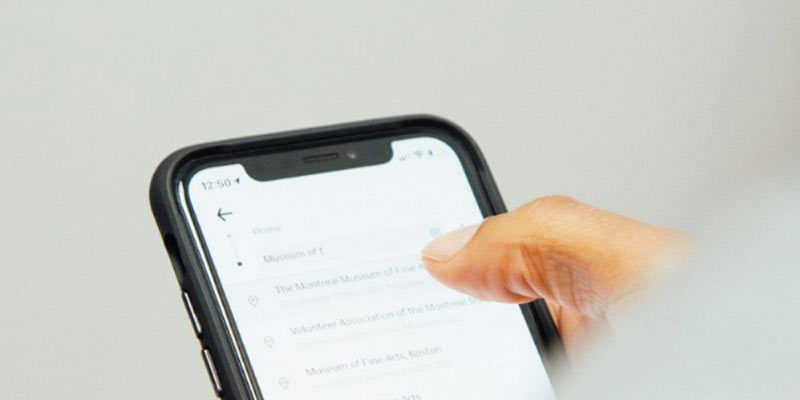
Potential Implications for Developers and the App Ecosystem
The introduction of sideloading on iPhones not only impacts users but also has significant implications for developers and the broader app ecosystem. Understanding these implications is crucial for stakeholders navigating the evolving landscape of iOS app distribution and development.
Opportunities for Developers
Enabling sideloading on iPhones presents a range of opportunities for app developers, particularly smaller and independent ones. Developers now have the chance to reach users directly without facing the hurdles of the App Store’s stringent review process and guidelines. This democratization of app distribution allows for increased innovation, diversity, and competition within the ecosystem. Smaller developers with unique or niche applications may find it easier to gain visibility and attract users, fostering a more dynamic and inclusive app environment.
Challenges for Apple
While the benefits for developers are evident, Apple will face challenges in adapting to this shift in its app distribution model. The company will need to reassess its policies, security measures, and revenue-sharing models with developers. Striking a balance between openness and maintaining a secure and controlled environment will be essential for Apple to address potential issues related to scams, fraud, and app quality while still encouraging a vibrant third-party app ecosystem.
Impact on App Discoverability
With the proliferation of alternative app marketplaces, the app discoverability landscape may undergo significant changes. Developers will need to adopt new strategies to make their apps stand out amidst increased competition. This shift may prompt developers to explore innovative marketing techniques, collaborations, and user engagement strategies to ensure their apps gain traction in a more diversified marketplace.
Varied Quality and Standards
The introduction of sideloading may lead to variations in the quality and standards of apps available on alternative marketplaces. While some developers may adhere to high standards, others may prioritize speed and quantity over rigorous testing and user protection. This diversity in app quality underscores the importance of user discretion and emphasizes the need for Apple to implement effective measures to mitigate potential risks associated with sideloading.
In essence, the potential implications for developers and the broader app ecosystem are extensive, presenting both exciting opportunities for innovation and challenges that require careful consideration and management by both developers and Apple.
Final Words
The decision to enable sideloading on iPhones marks a significant shift in Apple’s app distribution model, driven by regulatory pressures and a desire to foster competition and user choice. While sideloading offers users increased flexibility and app selection, it also introduces new challenges related to security, privacy, and app quality. As Apple and developers navigate this evolving landscape, finding the right balance between openness and maintaining a secure ecosystem will be crucial to ensuring the continued success and integrity of the iOS platform. Ultimately, the impact of sideloading on iPhones will shape the future of app distribution and user experience on iOS devices.
